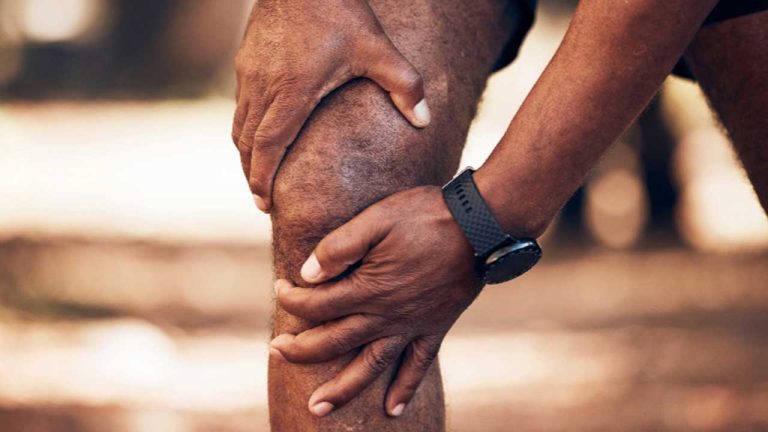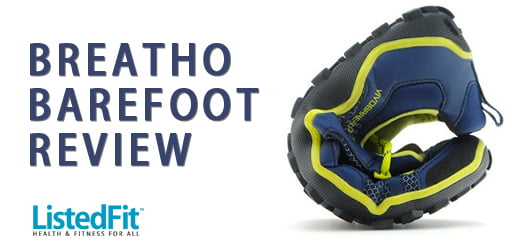Why Do Marathon Runners Have Smaller Muscles: Exploring the Science of Endurance Fitness
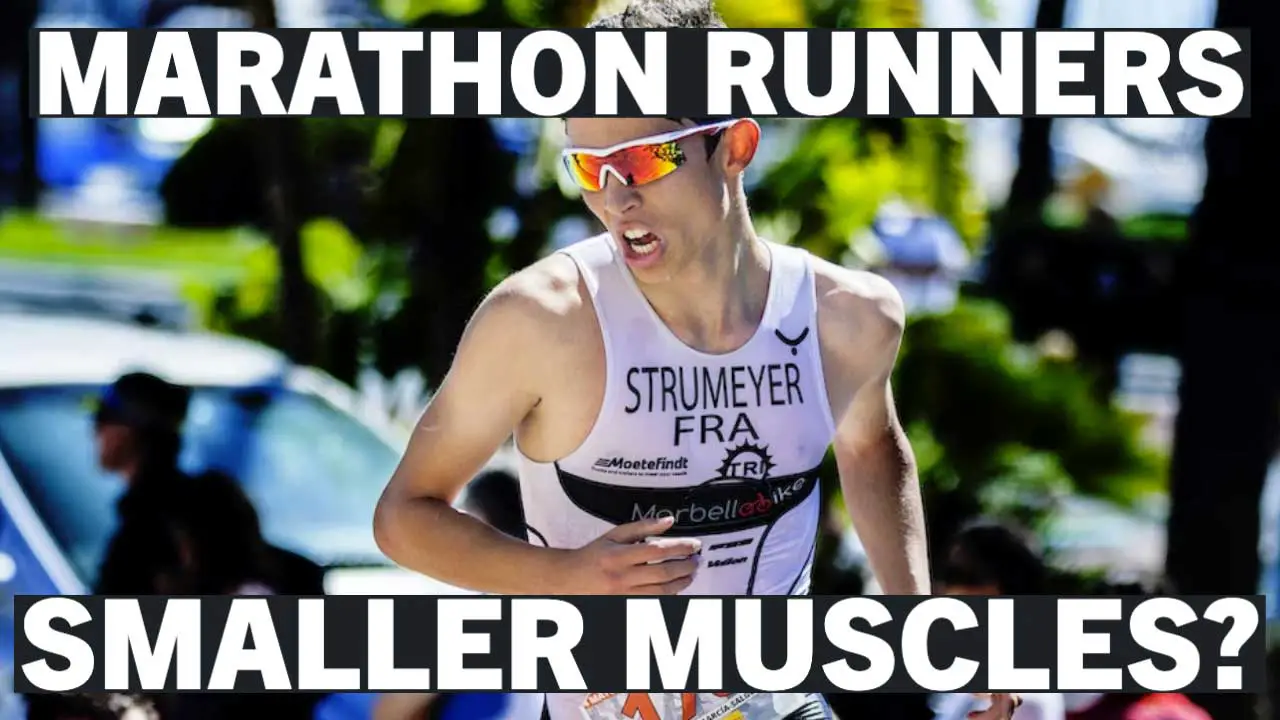
ListedFit is reader-supported. When you buy through links on our site, we may earn a small commission.
When I observe marathon runners, one of the most striking aspects of their physique is the typically smaller muscle size compared to athletes in other sports, particularly strength-focused disciplines like weightlifting.
This observation isn’t merely a result of individual fitness choices; rather, it’s rooted in the specific demands of endurance running.
The body of a marathon runner is optimized for endurance, efficiency, and sustained energy release, which explains the leaner muscle composition.

The physiological needs of running a marathon push the body to develop in a way that favors stamina over sheer muscle bulk. Thinner muscles are often associated with a higher ratio of type I muscle fibers, known for their endurance capabilities.
In contrast, the bulky muscles seen in sprinters and weight lifters, which contain a higher proportion of type II muscle fibers, are constructed for short bursts of power.
As I delve into the dynamics of marathon training, it becomes clear that consistent long-distance running promotes a more efficient vascular system that supports the delivery of oxygen to the muscles, which is essential for long-duration activities.
Key Points…
- Marathon runners have smaller muscles optimized for endurance rather than strength.
- The lean muscle composition in marathoners is due to a higher presence of type I muscle fibers.
- Marathon training focuses on efficiency and oxygen delivery to support prolonged physical activity.
Table of Contents
TLDR: Why Do People Who Participate in Marathons Tend to Have Smaller Muscles?
From my understanding, marathon runners generally possess smaller muscle mass due to the specific demands of endurance running. The body adapts to the type of exercise it is regularly exposed to, optimizing for efficiency and endurance over brute strength.
Here’s a brief explanation:
- Energy Efficiency: Smaller muscle mass is more energy-efficient for long-distance running. My muscles don’t have to carry excess weight over the marathon’s 26.2 miles, which conserves valuable energy.
- Muscle Fiber Type: Distance runners tend to develop a higher proportion of Type I muscle fibers. These fibers are more resistant to fatigue and are efficient at using oxygen to produce energy for continuous muscle contractions over extended periods.
- Oxygen Delivery: With less muscle bulk, my cardiovascular system can more easily deliver oxygen. This is critical since endurance activities like marathons require consistent oxygen delivery to muscles.
Here’s how I sum it up: Marathon runners need to look at their bodies as efficient machines. Smaller muscles are part of why they can keep a steady pace for hours. They require less oxygen and energy than larger muscles do, which is critical for endurance running.
Plus, with predominantly Type I muscle fibers, they’re more resistant to fatigue, which helps me avoid hitting a proverbial wall during a race.
Typical Physical Characteristics of Elite Marathoners

When I look at elite marathon runners, I notice they often have a distinctive physique that sets them apart from athletes in other sports. Their physical characteristics are honed to optimize long-distance endurance.
One key trait is their lower Body Mass Index (BMI); marathoners typically possess a lean build which aids in efficiency during running. This isn’t just due to training; genetics also play a role in their body composition and capacity for endurance sports.
The leg muscles of these athletes are particularly distinctive. Marathoners tend to have smaller muscle mass compared to sprinters or athletes in shorter, more explosive disciplines. This isn’t a drawback though; smaller leg muscles are beneficial for endurance runners as they can improve running economy, which is crucial for the marathon’s 26.2-mile challenge.
Age also plays into the attributes of a marathoner’s body. Many peak performers in marathoning are in their late twenties to early thirties, suggesting that this age range may offer an optimal blend of physical robustness and endurance capacity.
A marathoner’s heart and vascular system are central to their physiological characteristics; their larger-than-average heart and extensive vascular network are capable of efficiently delivering oxygenated blood throughout the body.
Alongside this, their lungs boast a higher capacity, enabling effective oxygen uptake.
Finally, an elite marathoner’s skeletal structure is also a factor. A lighter skeletal frame can contribute to running efficiency, which is important when covering the vast distances involved in marathons.
What Are the Physiological Demands of Marathon Running?

In my time exploring the world of long-distance running, I’ve discovered that the physiological demands of marathon running are quite specific. Marathon runners must have high aerobic capacity and the ability to efficiently utilize different energy systems for fuel.
Let’s dive into how these aspects play a critical role.
* Aerobic Capacity and Endurance
Aerobic capacity, often referred to as VO2 max, is pivotal for marathon runners. It represents the maximum amount of oxygen their bodies can use during intense exercise.
Aerobic exercises, like running, predominantly rely on oxygen to generate energy. Essentially, your aerobic capacity is a measure of your endurance; the higher it is, the longer you can run at your maximum pace.
Since marathon running is largely an aerobic activity, building a strong aerobic base is non-negotiable for peak performance.
* Energy Systems and Fuel Use
During marathon running, your body uses different energy systems to fuel muscles. Carbohydrates are considered the body’s preferred source of energy.
They rely heavily on glycogen, a form of carbohydrate stored in my muscles and liver, for quick, accessible energy. However, glycogen stores are limited and can become depleted, so the body must also oxidize fats, which are a more abundant but slower source of fuel.
While the body does burn a small amount of protein during a marathon, it’s not a significant source of fuel.
As for overall calorie expenditure, You can burn thousands of calories during a marathon, drawing from carbohydrates and fats to sustain performance.
Maintaining a balance between these energy sources is key to avoiding “hitting the wall,” which happens when glycogen stores run out, forcing the body to slow down as it transitions to burning more fat.
What About Muscle Composition and Function?

In discussing why marathon runners have smaller muscles, it’s important for me to examine the specific types of muscle fibers and their roles in muscle function.
Slow-Twitch vs. Fast-Twitch Muscle Fibers
Skeletal muscles are composed of two main types of fibers: slow-twitch and fast-twitch. To put it simply, slow-twitch fibers, also known as type I fibers, are more efficient at using oxygen to generate more fuel for continuous, extended muscle contractions over a long time. They are what I would primarily engage during endurance events such as marathons.
Fast-twitch fibers, on the other hand, are better at generating short bursts of strength or speed than slow-twitch fibers, but they fatigue quicker.
- Slow-Twitch Muscle Fibers (Type I):
- High concentration of mitochondria
- Primarily use aerobic metabolism for energy production
- Greater endurance, but less power
- Typically smaller in size but more efficient at using oxygen
- Fast-Twitch Muscle Fibers (Type II):
- Lower concentration of mitochondria
- Rely more on anaerobic metabolism for quick energy
- Greater strength and power, but fatigue quickly
- Generally larger in size and contribute to more muscle mass and strength
Marathon runners generally have a higher proportion of slow-twitch muscle fibers. These fibers are smaller in diameter than fast-twitch fibers, which contributes to the overall smaller muscle size observed in endurance athletes.
The development of muscle mass is influenced by the type of training; since marathon training emphasizes endurance over power, there’s less hypertrophy – or muscle growth – in those slow-twitch muscle fibers.
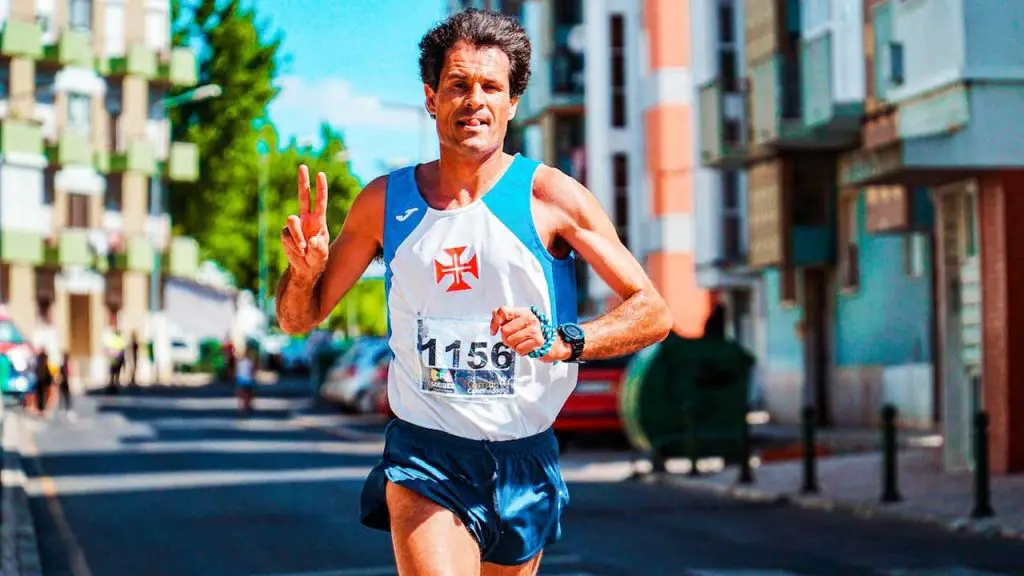
It all boils down to efficiency over bulk; the less weight I’m carrying, the more efficiently my body can operate over those 26.2 miles.
In contrast, sprinters, who require quick and powerful bursts of energy, tend to have a larger proportion of fast-twitch muscle fibers. These fibers are larger and contribute to the overall larger appearance of their muscles.
Training Regimens for Marathoners

A well-rounded training regimen is crucial for optimal performance. It’s about finding the right mix between building endurance, maintaining strength, and ensuring sufficient recovery.
Endurance Training Practices
Endurance training is the heart of any marathon runner’s program. A typical week includes long, slow runs that gradually increase in length, helping to build the aerobic capacity needed for the 26.2 miles.
They prioritize consistent, daily exercise with runs that vary in intensity and duration. To give you a clear idea, here’s how a typical week for a marathon runner might look:
- Monday: Easy run, 5 miles at a comfortable pace
- Tuesday: Intervals, such as 5×1 mile at target marathon pace with recovery jogs in between
- Wednesday: Mid-week long run, around 10 miles at an easy to moderate pace
- Thursday: Cross-training, like cycling or swimming
- Friday: Rest or very light jog
- Saturday: Long run, starting from 10 miles and building up to 20+ miles closer to race day
- Sunday: Recovery run, 3-5 miles at a very easy pace
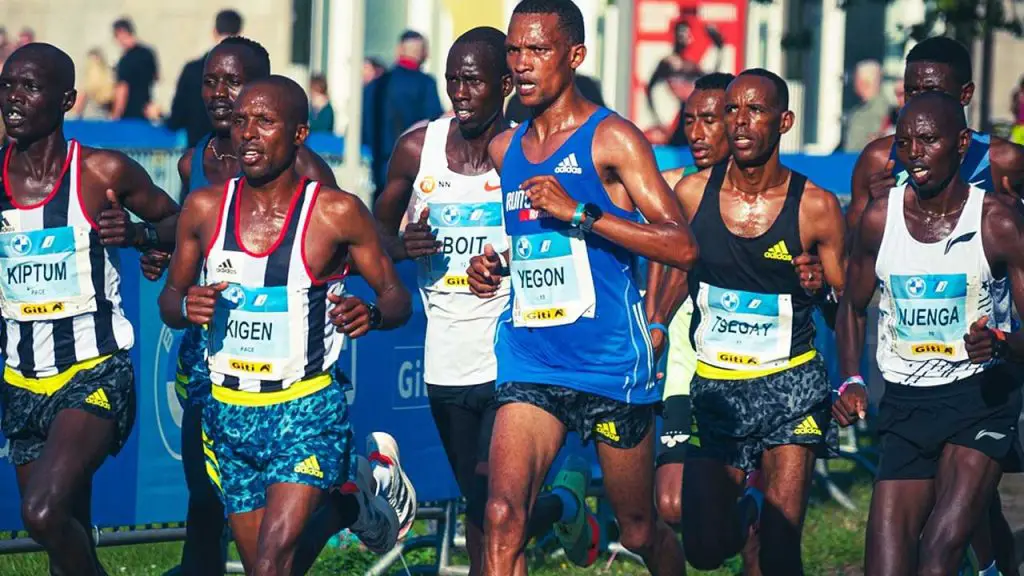
Strength Training Contributions
While many might assume marathoners shy away from weights, incorporating strength training into their routine at least twice a week has been shown to give huge benefits. By doing so, they can support muscle fibers to be more efficient and resilient.
Simple bodyweight exercises and light resistance training with an emphasis on the lower body and core, help runners to maintain muscle tone without adding bulk, which can be detrimental to their long-distance running goals.
Here’s an example of a basic strength routine for a marathon runner:
- Squats: 3 sets of 12 reps
- Lunges: 2 sets of 10 reps each leg
- Planks: 3 sets of 1 minute
- Deadlifts: 3 sets of 12 reps (with light to moderate weight)
- Calf raises: 3 sets of 15 reps
Balancing Exercise Intensity and Recovery
To optimize performance, one must balance high-intensity workouts with adequate recovery time.
I’ve learned to listen to my body and allow it to heal with proper sleep, nutrition, and active recovery days. This is key for any type of training that puts stress on the body
Incorporating rest weeks into a marathon training schedule every fourth week, where you reduce your mileage and intensity allows for deeper recovery.
It’s a commitment to consistent training paired with strategic rest that prepares a marathon runner in the best way to cope with the physical demand of marathons.
Nutrition and Muscle Development
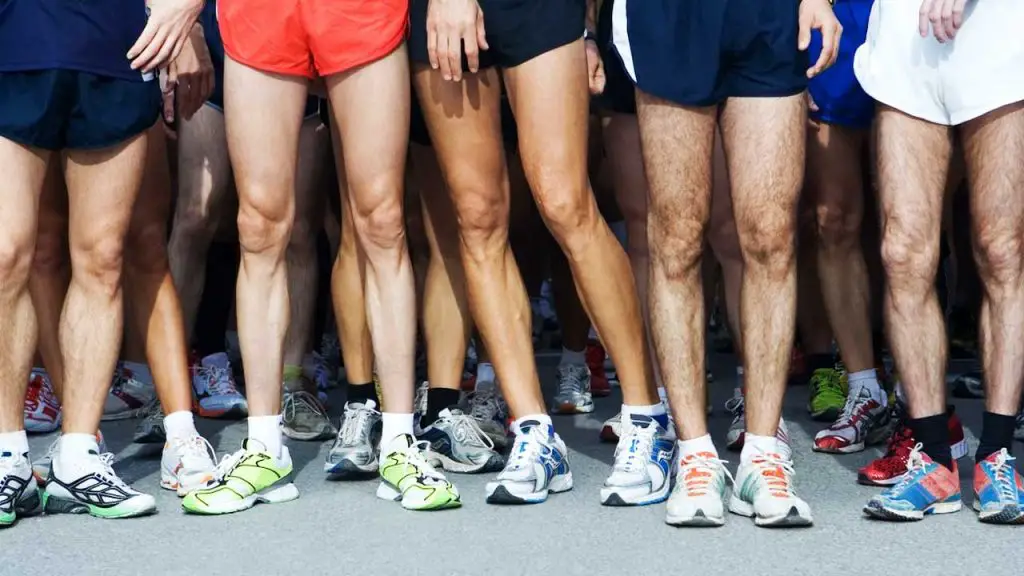
When it comes to building muscle and recovering from intense workouts, I find that nutrition plays a critical role for all marathon runners. Macronutrients and calorie intake aid muscle recovery and influence body composition.
Macronutrients and Muscle Recovery
Post-run nutrition is all about the macronutrients: protein, carbs, and fats.
- Protein: It’s essential for muscular repair and growth. After a marathon, your muscles are screaming for repair, and protein provides the building blocks to do just that. I aim for a high-quality protein source, like chicken or fish, which contains all nine essential amino acids.
- Carbohydrates: Carbs are the go-to source for replenishing glycogen stores depleted during long runs. Runners focus on complex carbs like whole grains for sustained energy.
- Fats: Though not an immediate source of energy, fats are crucial for long-term energy storage and hormone production. Runners make sure to include healthy fats from foods like avocados and nuts in their diet.
Calorie Intake and Body Composition
The balance between calorie intake and expenditure influences body composition and the ability to perform.
- Calorie Intake: To maintain a lean figure, calculating their daily caloric needs based on their training intensity and make sure not to consume more than what’s required.
- Body Fat Percentage: Keeping an eye on body fat percentage as it affects endurance and performance. Excess body fat can bog down their running pace, so they strive for a balance between lean muscle and essential body fat for optimal performance.
- Weight Loss: While weight loss isn’t always the primary focus, it can result from a meticulously planned diet that emphasizes a caloric deficit, especially if they’re aiming to become more lean.
- Muscular Growth: Building larger muscles isn’t a typically goal of a marathon runner but it can help. Maintaining muscle mass through adequate protein intake is crucial, so as not to sacrifice muscle when losing fat.
By mindfully consuming the right balance of macronutrients and tailoring calorie intake, A runner can maintain a physique that’s optimized for marathon running: lean, strong, and resilient.
If I Start Doing Cardio Will I Lose Muscle?

You are not alone if you are concerned about losing muscle while performing cardio exercises. Many people are concerned that cardio will cause them to lose muscle mass, but this is dependent on a number of factors.
While cardio can be an efficient technique to burn calories and lose weight, if not done properly, it can also result in muscle loss.
The primary reason that cardio might cause muscle loss is that it stimulates the muscles. While you do exercise, your body requires energy to keep moving, which comes from glycogen stored in your muscles. This can cause muscular tissue breakdown over time, resulting in muscle mass loss.
The extent to which cardio causes muscle loss, however, is determined by a number of factors, including the intensity and length of the activity, as well as your diet and overall lifestyle habits.
Maintaining Muscle While Doing Cardio
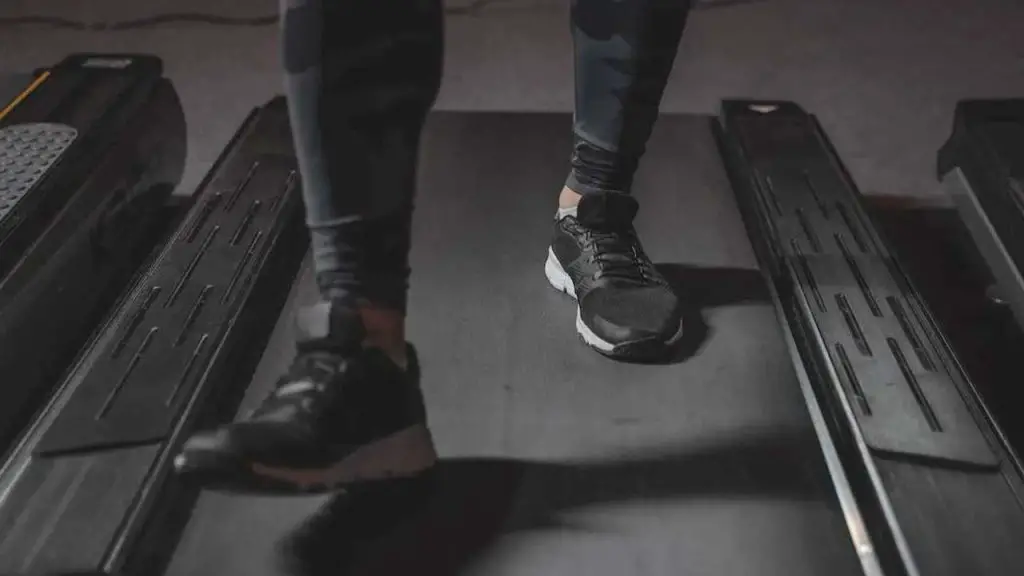
If you’re worried about losing muscle while performing cardio, there are a few things you can do to reduce muscle loss and retain muscle mass.
To begin, you must integrate strength training into your fitness programme.
Lifting weights or completing bodyweight exercises that challenge your muscles to grow and adapt is what strength training involves. This sort of training promotes muscular growth, which can help offset muscle loss caused by cardio.
It is also critical to ensure that you are getting adequate protein and calories to assist muscle growth and repair. Protein is required for the construction and maintenance of muscle tissue, therefore consuming enough of it to support your exercise and recovery is critical.
Finally, striking a balance between cardio and strength training is important. While cardio can be a great strategy to burn calories and enhance your overall health, challenging your muscles through resistance training is vital for muscle mass gain and development.
You can find a balance that supports both your weight reduction and muscle growth goals by including both types of exercise in your regimen.
Conclusion
Marathon runners have smaller muscles because endurance exercise does not encourage muscular growth in the same way that resistance training does.
Endurance training, on the other hand, develops muscle endurance and tone while enhancing the body’s ability to sustain activity for extended periods of time.
Muscle development and size are also influenced by genetics and food.
Frequently Asked Questions

In this section, I’ll address some common inquiries about the body composition of marathon runners and how their training affects muscle size.
What causes marathon runners to have a leaner physique compared to sprinters?
Marathon runners have a leaner physique primarily because their bodies are optimized for endurance and efficiency over long distances. Unlike sprinters who require fast-twitch muscle fibers for explosive strength, marathon runners benefit from more slow-twitch fibers, which are smaller but better suited for endurance.
Can engaging in long-distance running lead to reduced muscle size?
Yes, long-distance running can lead to a reduction in muscle size, especially if it’s not complemented with resistance training. This is often due to the body adapting to become more efficient at the specific demands of endurance running, which doesn’t require large muscle mass.
What are the reasons behind muscle size fluctuation in athletes?
Muscle size fluctuation in athletes can be attributed to their training regimen, dietary intake, and recovery periods. For instance, heavy resistance training can increase muscle size whereas endurance training may decrease it. Nutrition and sufficient recovery also play vital roles in muscle maintenance and growth.
Is there a link between endurance running and muscle atrophy?
There is a link between endurance running and muscle atrophy, particularly when the running volume is high and resistance training is minimal. The body may catabolize muscle tissue for energy once glycogen stores are depleted, potentially leading to muscle atrophy over time.
Could frequent marathon training be a factor in runners appearing thin?
Frequent marathon training can indeed be a factor in runners appearing thin as the body adapts to the demands of prolonged exercise. Runners often have a lower body fat percentage and less muscle mass, contributing to a thinner appearance.
How does the body composition of long-distance runners differ from that of short-distance runners?
The body composition of long-distance runners typically includes a higher ratio of slow-twitch muscle fibers and lower overall muscle mass. This aids in endurance and efficient energy use.
Conversely, short-distance runners often have a higher proportion of fast-twitch fibers and greater muscle mass for quick, powerful movements.
Author
-
Stuart Patrick is a health and fitness lifestyle journalist who writes for ListedFit.com.
“I've spent a lot of time trying to get in shape and change my body and I realised there are so many untruths in the health and fitness industry that can slow down or stop your progress, so I share my knowledge and experience to help others to cut through the BS.”
Latest entries
 NutritionJune 5, 2024Shilajit Products
NutritionJune 5, 2024Shilajit Products FitnessMay 14, 2024Donate Blood
FitnessMay 14, 2024Donate Blood GearApril 6, 2024HOKA Kawana 2 Review – Are These The Best HOKA Gym Shoes?
GearApril 6, 2024HOKA Kawana 2 Review – Are These The Best HOKA Gym Shoes?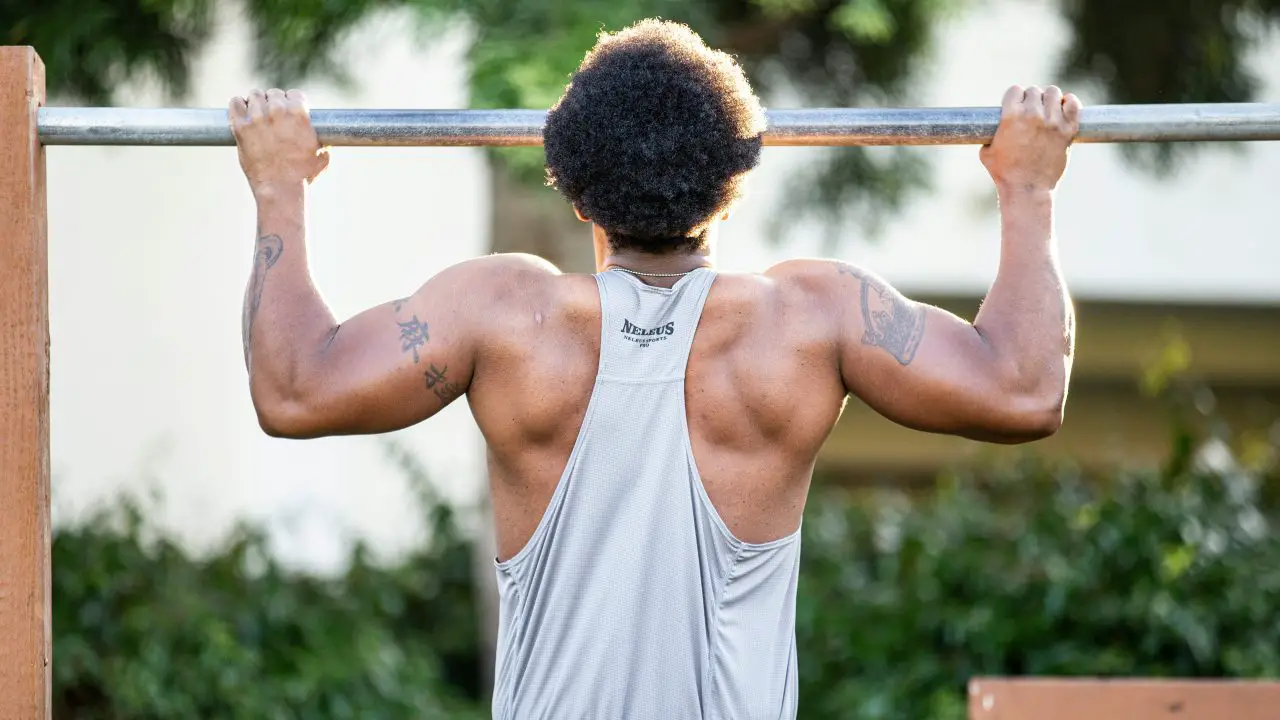 CrossFitApril 4, 2024How Many Pull-Ups Should I Do Daily? Let’s Figure it Out…
CrossFitApril 4, 2024How Many Pull-Ups Should I Do Daily? Let’s Figure it Out…
Affiliates:
This post may contain affiliate links that at no additional cost to you, the site may earn a small commission. We only recommend products we would use ourselves and all opinions expressed on this site are our own.
General Advice:
The information provided in this article is for general informational purposes only. It is not intended as a substitute for professional advice. Always consult with a qualified healthcare professional before starting any new diet, exercise program, or making changes to your health routine.
Accuracy Advice:
While we strive to provide up-to-date and accurate information, the content in this article may not reflect the most current research or medical guidelines. We encourage readers to do further research and consult with professionals for more personalized advice.
Our Recommendations:
The products and services mentioned in any of our articles are recommended based on our independent research and personal experience. We are not sponsored by any company. We aim to suggest products and services we believe are of high quality and could be beneficial to our readers.

